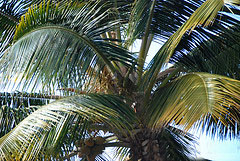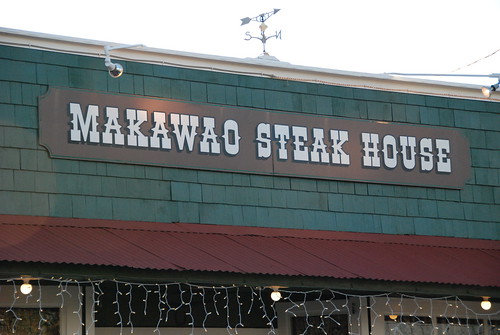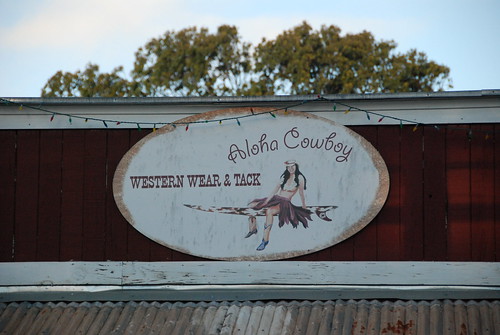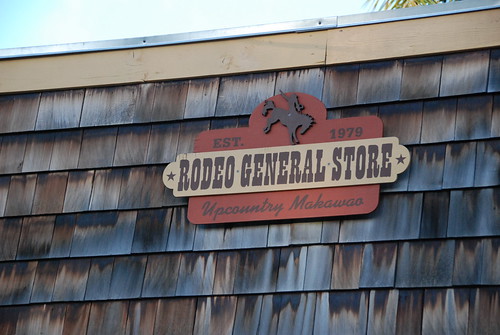
Since my husband grew up here, I've had a chance to experience not only the decadent resorts and twinkling beaches, but also get a bit of the "local" flavor. Literally, in the form of Ramen (and all this time I thought it was just a dusty package of freeze dried noodles with an unidentifiable package of some type of salty substance found on the bottom shelf at the grocery store), and figuratively, in the form of Hawaiian history.
I must have visited the town of Makowao more than a dozen times before I realized that almost all the storefront signs looked like they could have been plucked right from the middle of the Wild Wild West.
Take a look:
After I made the genius realization that this town had a cowboy feel to it (and was feeling quite astute in my observational skillz), my husband informed me that the word "Paniolo", (as written on the sign welcoming you to and from this town, see picture below. A sign that I've also seen countless times) means Hawaiian Cowboy.
I googled "Paniolo" and found this (I couldn't find a direct link to the part about Paniolo's, so I copied it here from Wikipedia), it's a darling little piece of history.
"Hawaiian Paniolo
The Hawaiian cowboy, the paniolo, is also a direct descendant of the vaquero of California and Mexico. Experts in Hawaiian etymology believe "Paniolo" is a Hawaiianized pronunciation of español. (The Hawaiian language has no /s/ sound, and all syllables and words must end in a vowel.) Paniolo, like cowboys on the mainland of North America, learned their skills from Mexican vaqueros.
By the early 1800s, Capt. George Vancouver's gift of cattle to Pai`ea Kamehameha, monarch of the Hawaiian Kingdom, had multiplied astonishingly, and were wreaking havoc throughout the countryside. About 1812, John Parker, a sailor who had jumped ship and settled in the islands, received permission from Kamehameha to capture the wild cattle and develop a beef industry.
Later, Liholiho's brother, Kauikeaouli (Kamehameha III), visited California, then still a part of Mexico. He was impressed with the skill of the Mexican vaqueros, and invited several to Hawai`i in 1832 to teach the Hawaiian people how to work cattle.







No comments:
Post a Comment